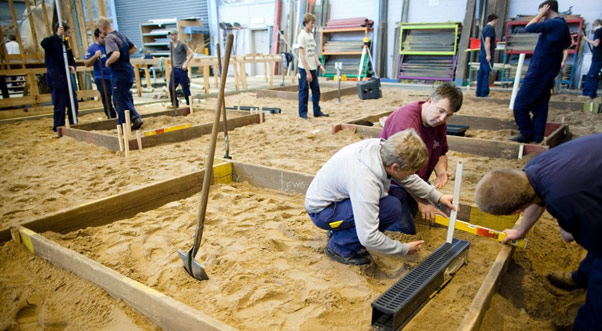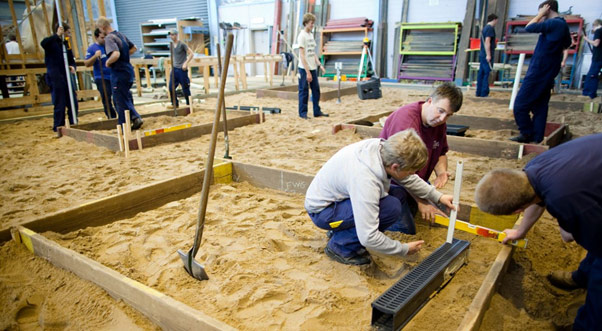
In 2015 there were 257,000 VET in Schools (VETiS) students in Australia. Strong partnerships between schools and training providers are essential for effective VETiS provision.
According to NCVER data, 257,000 secondary school students were enrolled in VETiS programs in 2015, including school-based apprentices and trainees. Interest in applied and vocational learning among secondary school students is certainly not flagging – in 2011, they numbered 249,000. Effective VETiS delivery relies on strong, reliable partnerships between schools, employers, RTOs and other agencies and groups. A new report released by Melbourne University’s Centre for Vocational and Educational Policy considers what makes for effective, innovative partnerships.
The purpose of the research
In concert with a range of educational bodies, researchers from Melbourne University, Deakin University, the Victorian Curriculum and Assessment Authority, and New South Wales Department of Education and Communities, set out to explore how
… schools and external partners in Australia engage with each other to best serve the interests of secondary school students undertaking applied and vocational programs. This study aimed to bring to light the current state of these partnerships in Australian secondary schools from the perspective of school leaders, students and partners.
The research report, Innovative partnerships for youth engagement in education and work (80 pages), is an important reference for anyone involved in VETiS design and delivery. This article selects just a few points from the report regarding benefits to students, and about partnership characteristics.
Benefits of applied and vocational learning for students
The student perspective matters most of course, and it’s important to note two key findings. From an extensive round of interviews the researchers report that ‘many students saw themselves as a “hands-on person” and did not see the general academic pathway as being suitable for them.’ Second, ‘“hands on” programs were seen to lead to stronger engagement with school.’ It seems useful to remember both those findings as we contemplate the future shape of Australia’s tertiary education system.
A monitoring and planning tool for strengthening partnerships
A very practical, very useful outcome of the research is a rubric that lists seven key criteria for applied learning partnerships which are aligned to three types of such partnerships – simple, complex and innovative. The rubric is on pages 44 and 45 of the report. The aim for any RTO partnering with a school would be to meet or work towards the criteria for complex or innovative partnerships.
Among the criteria for an innovative partnership are the following:
- The partnership is an ongoing partnership lasting a number of years with the rationale/goals being re-defined and transformed over time to maximise the benefits of partnership
- Support and resources (both money and time) allocated by both school and partners’ senior management
- There is a separate role (champion), with appropriate time and budget, created at
- school (and possibly within the partner’s structures) to manage and coordinate the partnership.
- The partnership has tangible benefits (value added) for both partners that can be measured.
- Partnership provides the opportunity for students to participate in both surface learning (knowing what to do to complete the learning outcomes) and deep learning (articulate the learning to their own life or personal growth).
The rubric offers a valuable tool for mapping out the ways in which VETiS partnerships can be strengthened for the benefit of young people.
Effective partnerships for vocational learning in secondary schools | VDC

